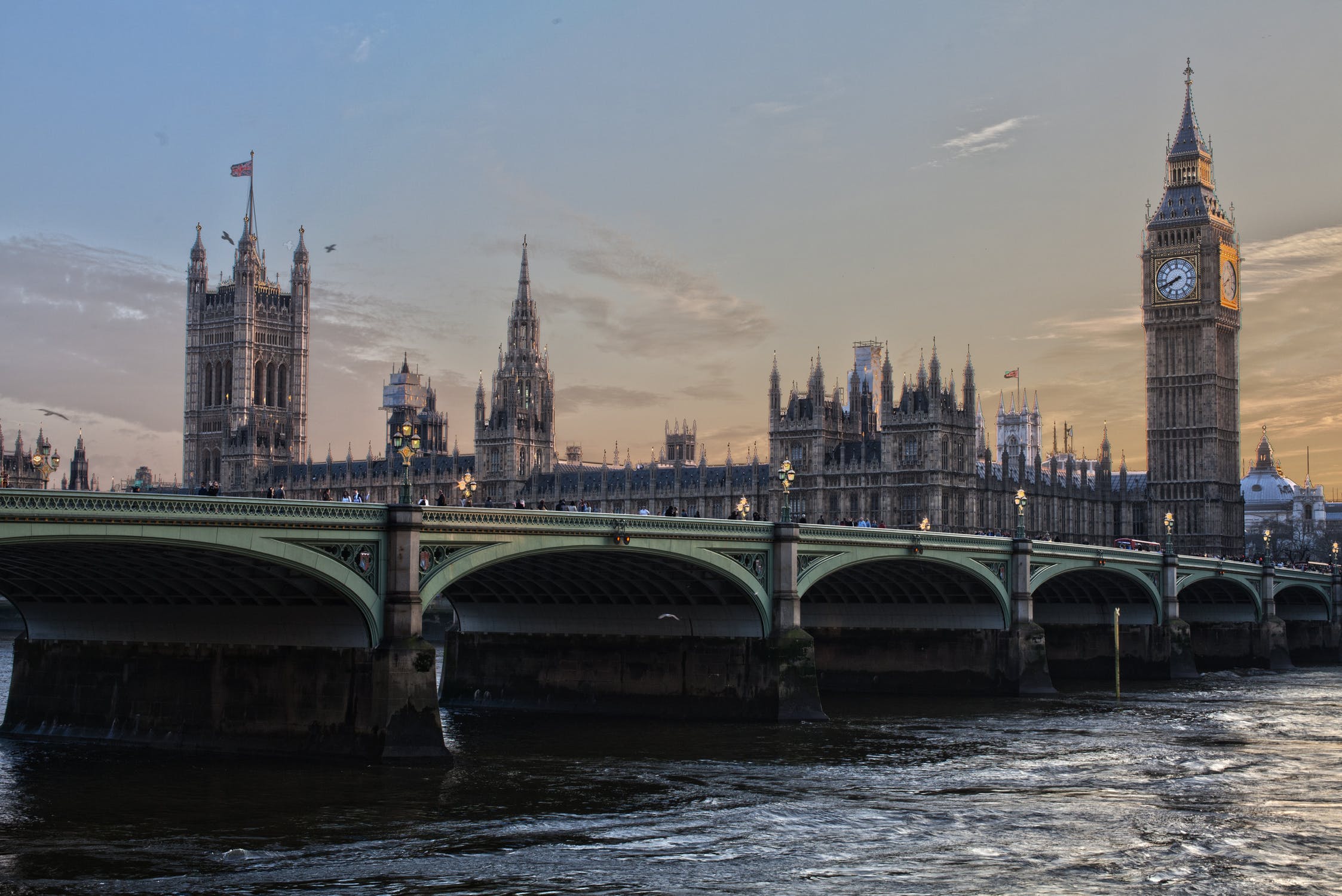The government is reportedly “looking at the opportunities” a digital tax system could bring to “tackle any differences” in the way pensions tax relief is paid.
In a statement provided to the Financial Times yesterday, 9 October, the Treasury said it is “looking at the opportunities provided by the move to a modern digital tax system to tackle any differences of treatment in provision of tax relief for pensions”.
With the Budget just under three weeks away, it could mean an announcement on the pensions tax relief anomaly is imminent, however, the Treasury did not indicate when any announcements may be made.
The statement reveals a change of view from the government compared to 2017 when it said it was “not possible’ to resolve the tax issue.
When pressed by former Pensions Minister Ros Altmann, last year, on behalf of the Treasury Baroness Neville-Rolfe answered: “The government appreciates the impacts on low paid workers whose employers use a net pay arrangement pension scheme. However, it has not been possible to identify any straightforward or proportionate means to align the effects of the net pay and relief at source mechanisms more closely for this population.”
The latest news comes as several industry experts signed a letter last week addressed to Chancellor Philip Hammond urging him to fix the tax anomaly affecting net pay defined contribution pension schemes.
Signatories of the letter included the likes of Ros Altmann, Royal London director of policy Steve Webb and Pensions and Lifetime Savings Association director of policy and research Nigel Peaple, among others.
The letter highlighted that over a million low earners are missing out on tax relief by being in a net pay scheme, rather than the alternative relief at source (RAS) scheme. The signatories said they believe that the means by which tax relief is paid should not affect the amount of tax relief paid. Secondly, they believe savers should receive tax relief automatically, without having to ask HMRC for it.
The anomaly exists due to the way tax relief is paid on the two different type of schemes. Under net pay arrangements, the pension contribution is deducted before the tax is calculated. In RAS arrangements, the pension contribution is deducted after tax is calculated and HMRC later send the tax relief, at the basic rate (20 per cent), to the pension scheme.
The vast majority of occupational pension schemes operate on a net pay basis while traditionally contract-based schemes have operated on a RAS basis. Members of RAS pension schemes who do not pay income tax, typically those earning less than £11,850 each year, are nonetheless, entitled to basic rate tax relief on pension contributions up to £2,880 a year.
However, this tax relief is not available for non-taxpayers in net pay schemes. This means that the lowest earners in net pay schemes are having to pay 25 per cent more for their pensions (by missing out on 20p for every £1 contributed, they need to pay 25 per cent more to achieve parity).
Commenting on the latest development, Now Pensions director of policy Adrian Boulding said: “We’re pleased to see the government making a firm commitment to resolving the anomaly in net pay schemes. This is an important issue which has been swept under the carpet for too long. We look forward to working with HM Treasury and HMRC to make sure all savers are treated equally.”
Latest News
-
19 firms join forces to launch new retail investment campaign
-
Four in five bridging professionals confident about 2026 market outlook
-
FCA to press ahead with stablecoin payments next year
-
Titan Wealth acquires Morgans Ltd
-
Mortgage brokers playing ‘pivotal’ part in homebuying journey – Santander
-
Average mortgage rates fall to lowest levels since September 2022
NEW BUILD IN FOCUS - NEW EPISODE OF THE MORTGAGE INSIDER PODCAST, OUT NOW

Figures from the National House-Building Council saw Q1 2025 register a 36% increase in new homes built across the UK compared with the same period last year, representing a striking development for the first-time buyer market. But with the higher cost of building, ongoing planning challenges and new and changing regulations, how sustainable is this growth? And what does it mean for brokers?
The role of the bridging market and technology usage in the industry
Content editor, Dan McGrath, sat down with chief operating officer at Black & White Bridging, Damien Druce, and head of development finance at Empire Global Finance, Pete Williams, to explore the role of the bridging sector, the role of AI across the industry and how the property market has fared in the Labour Government’s first year in office.
Does the North-South divide still exist in the UK housing market?

What do the most expensive parts of the country reveal about shifting demand? And why is the Manchester housing market now outperforming many southern counterparts?
In this episode of the Barclays Mortgage Insider Podcast, host Phil Spencer is joined by Lucian Cook, Head of Research at Savills, and Ross Jones, founder of Home Financial and Evolve Commercial Finance, to explore how regional trends are redefining the UK housing, mortgage and buy-to-let markets.
In this episode of the Barclays Mortgage Insider Podcast, host Phil Spencer is joined by Lucian Cook, Head of Research at Savills, and Ross Jones, founder of Home Financial and Evolve Commercial Finance, to explore how regional trends are redefining the UK housing, mortgage and buy-to-let markets.
The new episode of The Mortgage Insider podcast, out now

Regional housing markets now matter more than ever. While London and the Southeast still tend to dominate the headlines from a house price and affordability perspective, much of the growth in rental yields and buyer demand is coming from other parts of the UK.
In this episode of the Barclays Mortgage Insider Podcast, host Phil Spencer is joined by Lucian Cook, Head of Research at Savills, and Ross Jones, founder of Home Financial and Evolve Commercial Finance.
In this episode of the Barclays Mortgage Insider Podcast, host Phil Spencer is joined by Lucian Cook, Head of Research at Savills, and Ross Jones, founder of Home Financial and Evolve Commercial Finance.
© 2019 Perspective Publishing Privacy & Cookies











Recent Stories